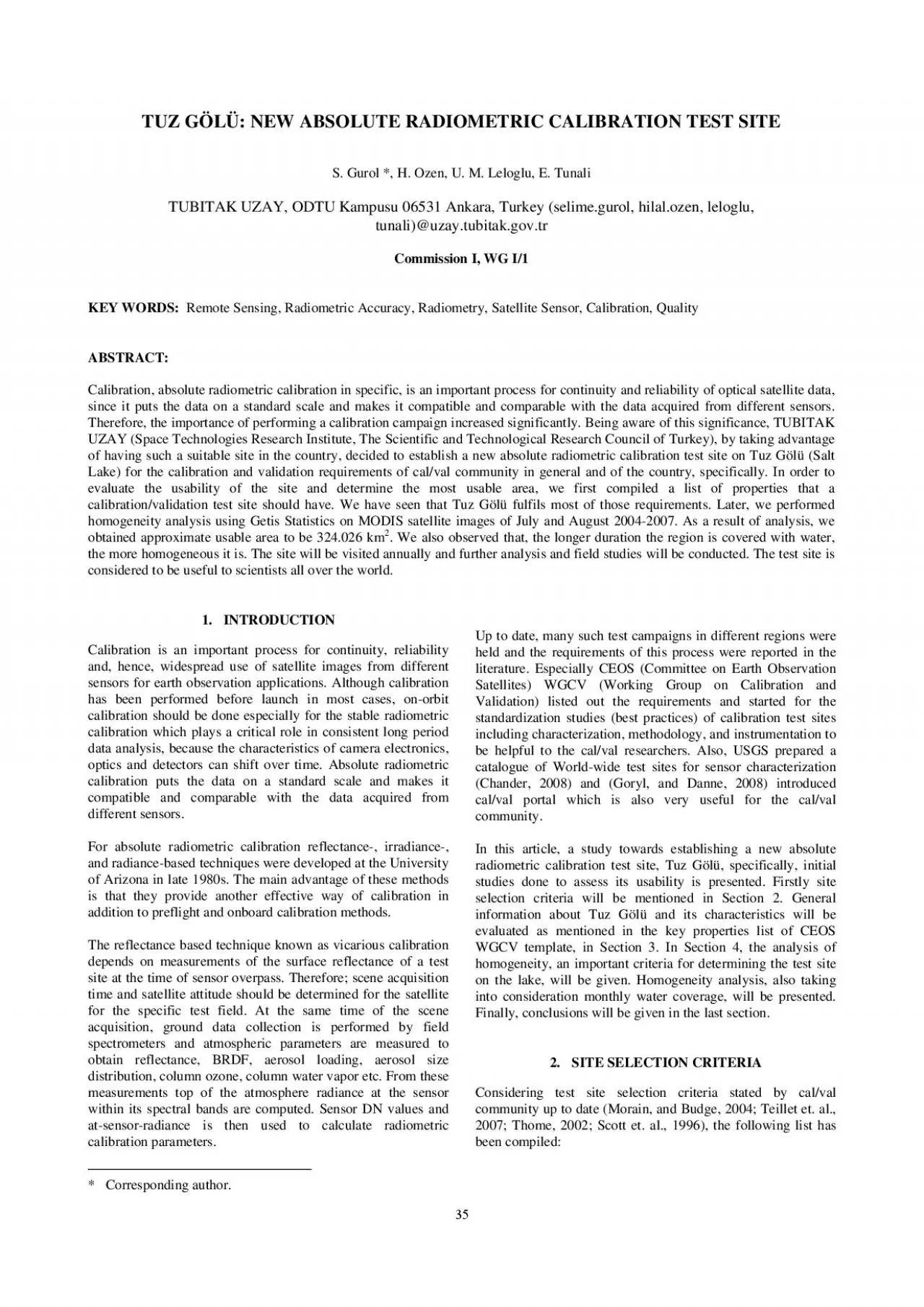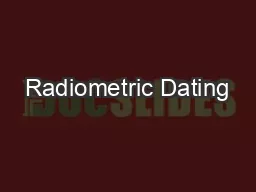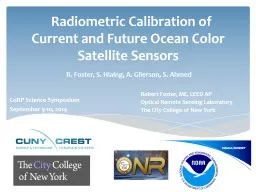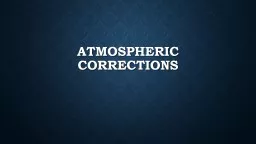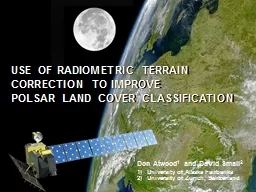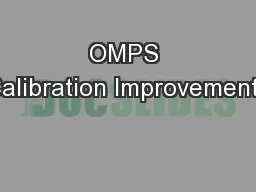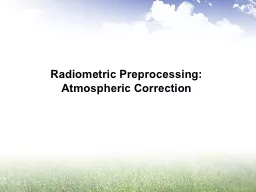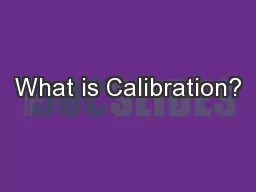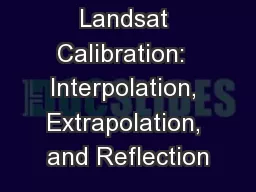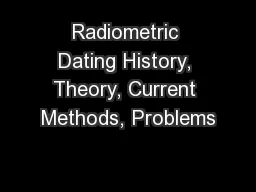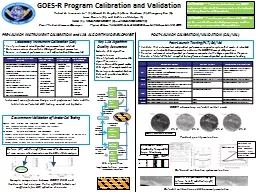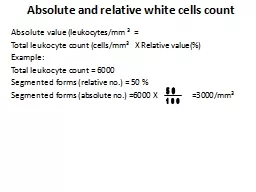PDF-TUZ GL NEW ABSOLUTE RADIOMETRIC CALIBRATION TEST SITE S Gurol H Ozen U
Author : jainy | Published Date : 2021-08-26
Corresponding author Calibration is an important process for continuity reliability ages from different has been performed before launch in most cases onorbit calibration
Presentation Embed Code
Download Presentation
Download Presentation The PPT/PDF document "TUZ GL NEW ABSOLUTE RADIOMETRIC CALIBRAT..." is the property of its rightful owner. Permission is granted to download and print the materials on this website for personal, non-commercial use only, and to display it on your personal computer provided you do not modify the materials and that you retain all copyright notices contained in the materials. By downloading content from our website, you accept the terms of this agreement.
TUZ GL NEW ABSOLUTE RADIOMETRIC CALIBRATION TEST SITE S Gurol H Ozen U: Transcript
Download Rules Of Document
"TUZ GL NEW ABSOLUTE RADIOMETRIC CALIBRATION TEST SITE S Gurol H Ozen U"The content belongs to its owner. You may download and print it for personal use, without modification, and keep all copyright notices. By downloading, you agree to these terms.
Related Documents

